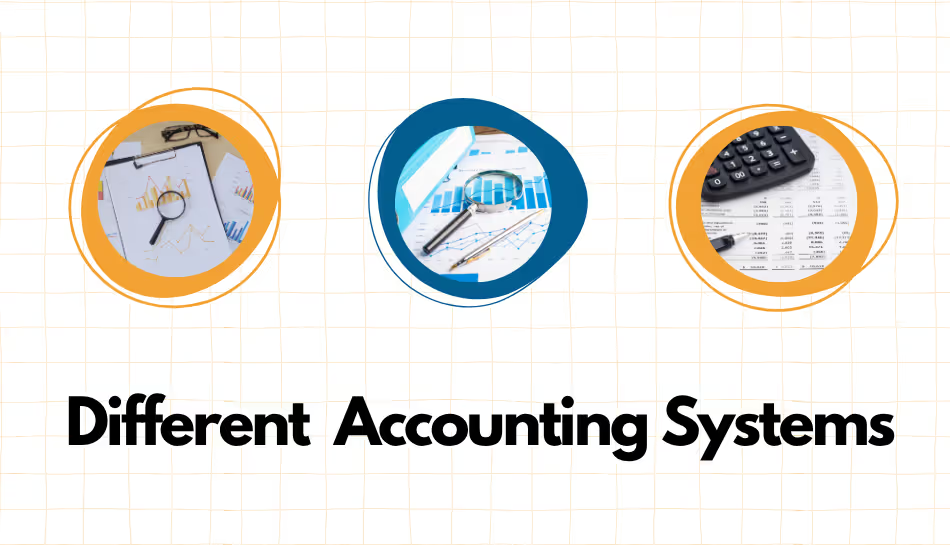
Imagine your business is hit by a flood, cyberattack, power outage, or a pandemic. What happens next? Will your team know what to do? Will operations stop completely, or keep going with minimal disruption?
That’s the purpose of Business Continuity Planning (BCP). It’s a strategy that helps organizations prepare for the unexpected, so they can continue to function during and after a crisis.
In today’s unpredictable world, having a strong continuity plan isn’t a luxury, it’s a necessity.
What is Business Continuity Planning?
Business Continuity Planning is the process of creating a system for preventing and recovering from potential threats to a company. This includes everything from natural disasters and cyber incidents to supply chain failures or public health emergencies.
The goal? To ensure that essential business functions can keep running, even in the face of disruption.
Why Business Continuity Planning Matters
1.Minimizes Downtime
Every hour of downtime can cost a business thousands of rupees. A continuity plan helps you bounce back faster.
2.Protects Reputation
Businesses that recover quickly show customers and partners they’re reliable, even during tough times.
3.Maintains Customer Trust
If your services remain available while competitors struggle, customers are more likely to stick with you.
4.Meets Compliance Requirements
Many industries such as finance, healthcare, and IT are required by law to have BCPs in place.
5.Strengthens Internal Confidence
Employees feel more secure knowing the company is prepared and they have a clear role during a crisis.
What Does a BusinessContinuity Management Include?
A good BCP plan or a Business Continuity Management plan covers every critical part of your business. Here are the key components:
1. Risk Assessment
- Identify potential threats (natural disasters, cyberattacks, equipment failure, etc.)
- Understand how likely each threat is and what kind of damage it can cause
2. Business Impact Analysis (BIA)
- Determine which functions are most important to daily operations
- Estimate the financial and operational impact of interruptions
3. Recovery Strategies
- Define how you’ll restore business functions
- Include backup plans for IT systems, employee roles, suppliers, and facilities
4. Emergency Response Plan
- Outline immediate actions to protect life and property
- Include evacuation procedures, emergency contacts, and communication guidelines
5. Communication Plan
- Detail how you’ll inform employees, customers, vendors, and the media
- Ensure messages are timely, accurate, and consistent
6. Testing and Training
- Conduct regular drills and simulations
- Train employees on their roles in different scenarios
7. Review and Update
- Revisit the plan at least once a year, or whenever there’s a major change in your business or environment
Real-Life Example
During the early days of the COVID-19 pandemic, companies with strong business continuity program quickly shifted to remote work, secured their digital operations, and maintained services. Others without a plan struggled with shutdowns, delayed projects, and lost revenue.
Even a simple disaster like a power cut can bring operations to a halt, unless there’s a BCP in place with backup generators and remote access systems.
Who Should Be Involved?
Creating and maintaining a business continuity plan is a team effort. It should involve:
- Leadership and decision-makers
- IT and cybersecurity professionals
- HR for employee communication and policies
- Operations and logistics teams
- External consultants (if needed)
Final Thoughts
A crisis doesn’t wait for you to be ready. But with a clear Business Continuity Plan, your business can be ready. From protecting employees and data to keeping customers satisfied and operations stable, BCP turns chaos into control.
Don’t wait for the next disaster to test your resilience. Start planning today and make business continuity a part of your long-term success strategy.

